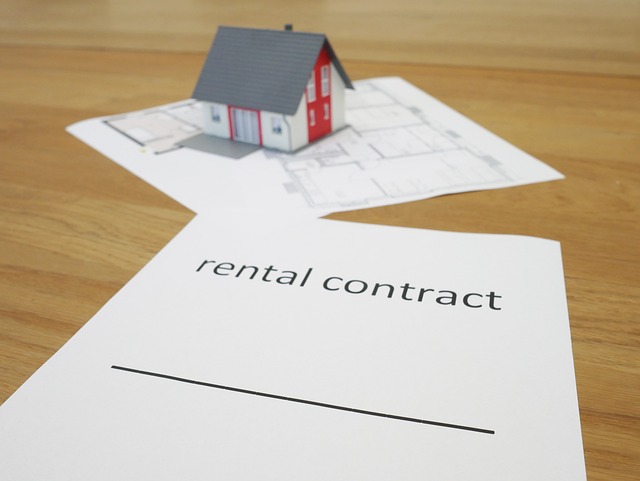Prefabricated Homes: Modern, Efficient, and Sustainable
Discover how prefabricated or modular homes deliver faster build times, lower costs, and greener construction without sacrificing quality or style. This guide explores energy efficiency, customization options, financing and insurance tips, and realistic timelines to help you decide if a prefab home suits your needs. Learn why prefab is a compelling alternative to traditional building methods.

Advantages of Choosing a Prefabricated Home
Prefabricated homes, often called prefab or modular homes, offer more than just speed. Because many components are produced indoors under controlled conditions, manufacturers can maintain consistent quality checks that are difficult to replicate on-site. This controlled environment also reduces material waste and limits exposure to weather-related damage during construction. Many prefab assemblies feature tighter seals and effective insulation, which can translate to lower energy consumption for heating and cooling.
Beyond efficiency and energy savings, prefabricated homes are highly adaptable. Designers and manufacturers now offer a wide range of layouts and finishes, so buyers can select styles that reflect traditional, contemporary, or bespoke architectural preferences. In short, prefab homes combine practical performance with attractive aesthetics and personalization.
How the Construction Process Works and Typical Timelines
The path to moving into a prefab home is generally more predictable than traditional stick-built projects. It begins with selecting a model and working through a design or customization phase. Once plans are finalized and permits are secured, modules are fabricated in a factory setting. Factory work commonly takes around 8 to 12 weeks, depending on the complexity and customization level.
After factory completion, modules are transported to the site and assembled. On-site assembly can be surprisingly fast — in some cases only a few days — though more complex installations and finishing tasks such as foundations, utility hookups, and interior finishes typically extend this phase to several weeks. Altogether, many prefab projects reach completion in a fraction of the time required for comparable traditional builds.
Cost Considerations and Market Comparisons
Prefabricated homes tend to be cost-competitive with conventional construction because of reduced labor hours on-site and efficiency in material use. Costs still vary widely, influenced by size, finish level, site preparation requirements, and local permitting or transport fees. Below is a simple breakdown to help set expectations.
| Home Type | Average Base Cost | Typical Size Range | Time to Complete |
|---|---|---|---|
| Basic Prefab | $90,000–$150,000 | 600–1,500 sq ft | 3–4 months |
| Mid-Range Prefab | $150,000–$250,000 | 1,500–2,500 sq ft | 4–6 months |
| Luxury Prefab | $250,000–$500,000+ | 2,500+ sq ft | 6–8 months |
Prices, rates, or cost estimates mentioned in this article are based on the latest available information but may change over time. Independent research is advised before making financial decisions.
These ranges are intended as general guidance. Site work such as grading, foundation construction, utility connections, and local labor rates can add significantly to the final price. Transporting modules to remote or logistically difficult sites can also increase costs.
Quality Standards and Compliance with Building Codes
Prefabricated units must comply with the same local building codes and regulations as traditionally built homes. In many cases, prefab manufacturers build to even higher standards because structures must survive transport from factory to site and be assembled without damage. This added durability often means better structural integrity and resistance to various weather conditions. Most reputable manufacturers provide warranties that mirror or exceed those offered for conventional homes.
Because codes and certification processes vary by region, it is important to confirm that the manufacturer adheres to applicable standards and can provide documentation for inspections. Working with a local builder or contractor familiar with modular installations can help ensure code compliance and a smooth permitting process.
Financing and Insurance
As prefabricated homes have become more mainstream, lenders and insurers have adapted. Many financial institutions now offer conventional mortgage products for prefab homes, including standard loan terms used for stick-built properties. However, some lenders may require additional documentation or appraisals tailored to factory-built structures.
Insurance companies generally provide homeowner policies for prefab dwellings similar to those for traditional homes. The key is partnering with mortgage lenders and insurers who have experience with prefabricated construction, as they better understand valuation, replacement costs, and the specifics of modular warranties.
Choosing the Right Manufacturer and Site Considerations
Not all prefab manufacturers are alike. Researching reputation, delivery capabilities, customization options, and warranty terms will pay off. Ask for references, visit a factory or model home if possible, and request detailed cost breakdowns that separate factory costs from site work and finishes.
Site factors that influence both cost and feasibility include lot accessibility, foundation type, local zoning rules, and utility availability. Early engagement with engineers, surveyors, and local permitting authorities helps identify potential obstacles and avoids costly surprises during the installation phase.
The Evolving Appeal of Prefab Living
Prefabricated homes have evolved far beyond their early, utilitarian designs. Today they offer attractive, high-quality living spaces that are often more sustainable and quicker to build than conventional houses. For buyers prioritizing energy efficiency, predictable timelines, and flexible design choices, prefab homes present a compelling alternative. As technology, materials, and manufacturing techniques continue to improve, these homes are likely to become an even more mainstream option for thoughtful, modern living.






